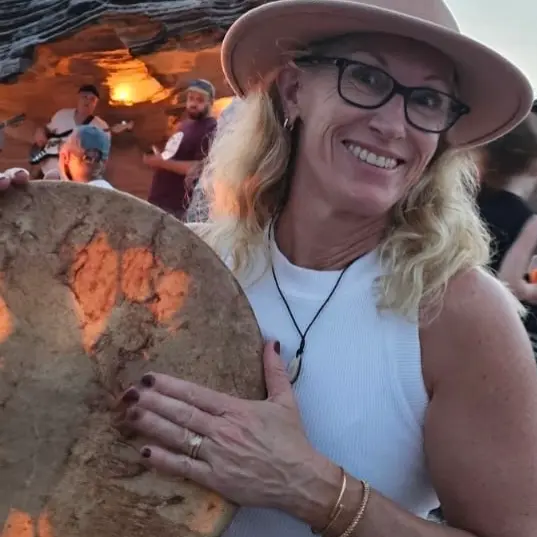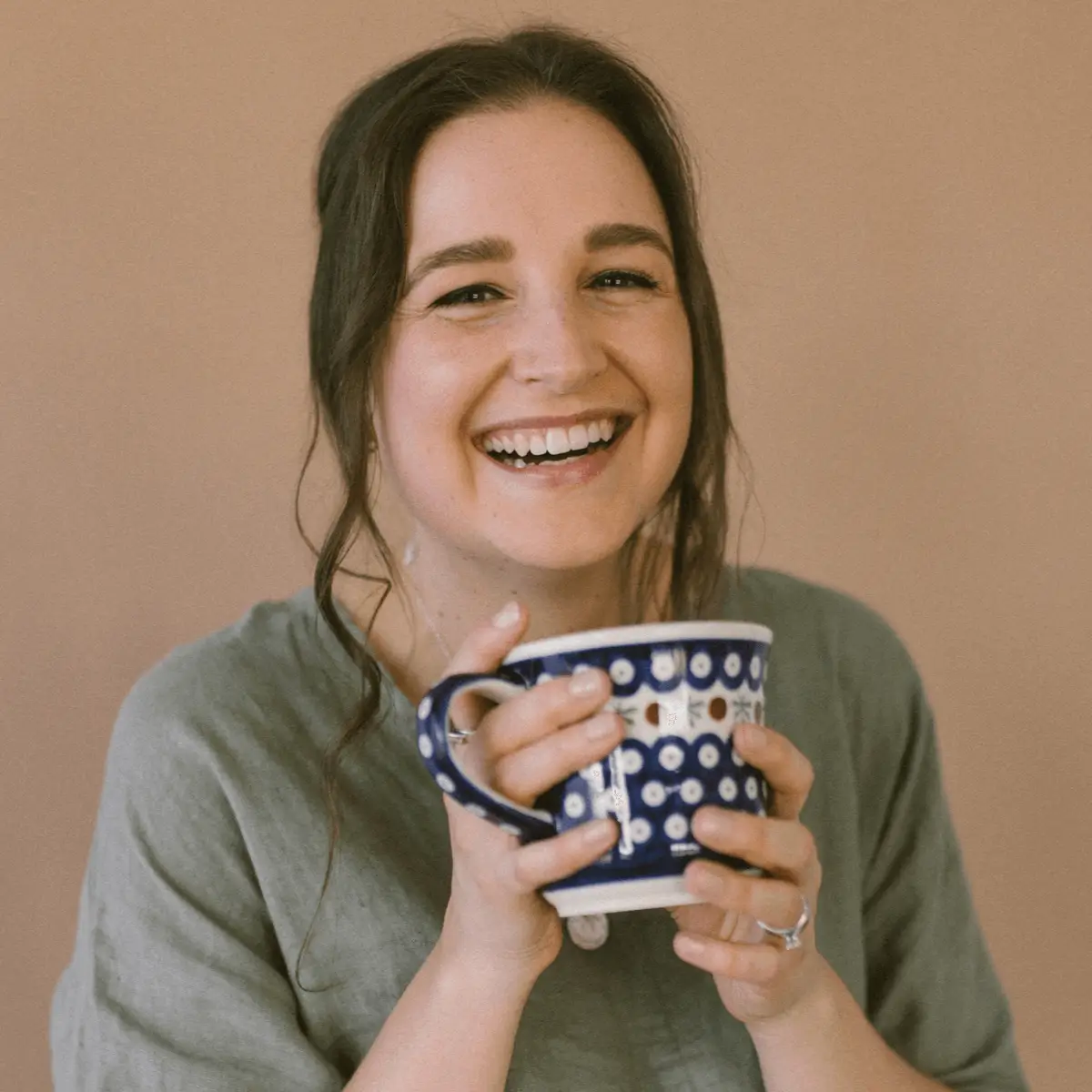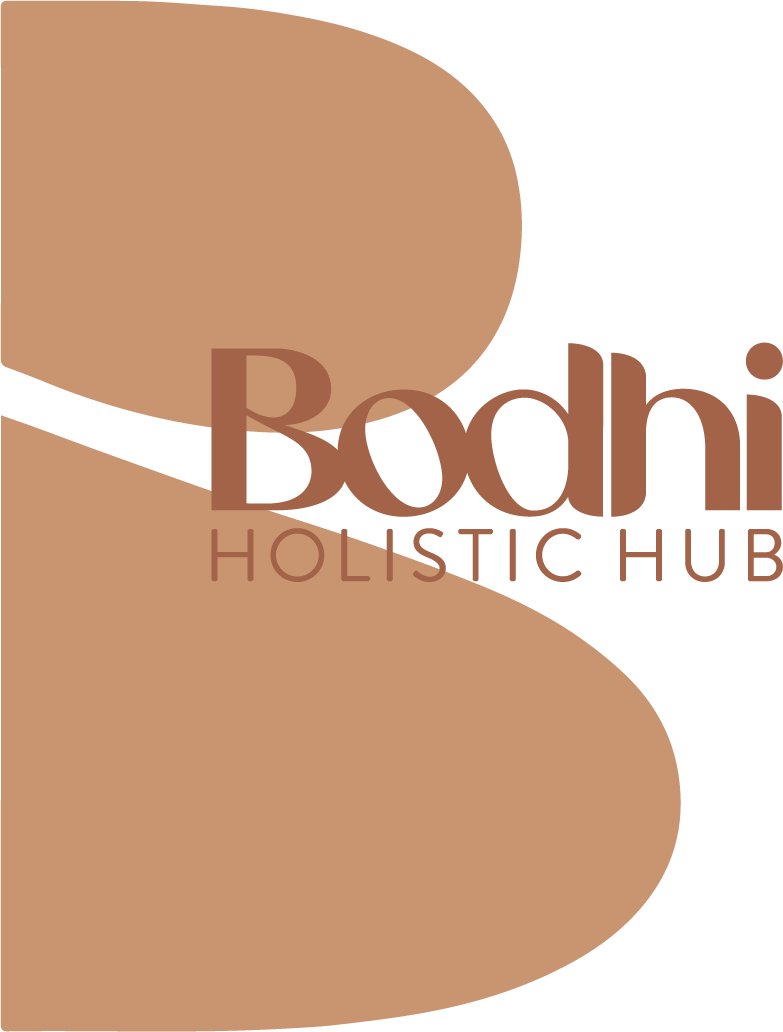
Fertility & Birth
Closing Of The Bones

What is Closing Of The Bones and How Does It Work?
A Closing of the Bones ceremony is a postpartum healing ceremony and rite of passage that involves many rituals and ceremonies that recognises the immense changes a woman’s body has to undergo in pregnancy and childbirth. It is recommended that a mother receives the ceremony within the first 6 weeks of giving birth as the body is still very sensitive. It was created to nurture the mother physically and emotionally after her passage through giving birth. The ceremony can usually take up to two to four hours to complete, it involves the use of a traditional shawl (also known as a Rebozo in Mexico) to rock and put the mother’s hips into place after she has given birth. It is then followed by an abdominal and pelvic massage using a warming oil. This ritual is done to help the mother's pelvis close after it is opened wider in pregnancy and birth.
Closing Of The Bones cultural origins and history:
This ceremony originated in South America, particularly in Mexico and Ecuador. It is an ancient practice from traditional Mexican midwifery, and in traditional Mexican cultures, ‘La Cuarentena’ or the 40 days after giving birth is regarded as a sacred time. Roots also trace back to Mesoamerican cultures, in particular Mayan and Aztec civilisations. There has also been evidence that similar practices took place over 2000 years ago and that there are connections to ancient fertility and worship rituals.
What are the benefits?
The Closing of the Bones ceremony helps to realign the bones and muscles back into place, helping the pelvic organs shift and the uterus shrink back down and stimulate blood flow. It promotes abdominal healing, uterine health, improves circulation, breastfeeding support and acts as an emotional release. The ceremony also provides many emotional, psychological and spiritual benefits as it is a very deep and powerful healing ritual. Some other benefits include
- Helps women reconnect with their bodies
- Improves women's body image
- Balances and restores hormones
- Rebalances your energy
- Provides spiritual grounding and fosters ancestral connections from generations passed down
What is the significance?
This ceremony promotes healing and transformation by providing healing movement in the joints, muscles, tissues and fluids. It promotes postpartum recovery, provides muscle relaxation and can reduce stress and anxiety. It is a type of bodywork that is designed to enhance the healing process in a woman’s body after childbirth. Closing of the Bones also has cultural and historical significance, it represents a continuation of ancient rituals passed down from many generations. It is a rite of passage as it marks the transition from pregnancy to motherhood, it is an acknowledgement of a life-changing event that took place in a woman’s life.
The Closing of the Bones ceremony step by step:
The ceremony starts in a warm and quiet room, typically a sacred healing space or even in the comfort of your own home, lights are usually dimmed, there is a mat and some blankets placed on the floor and calming music is playing and sometimes the practitioner may offer to do a guided meditation practice. When the mother is ready, the practitioner energy cleanses and allows the mother to lie on the mat.
Using a Rebozo, the mother’s hips that have been widened to accommodate the baby are gently rocked and pulled back into place. This rocking movement is known to have a soothing effect, allowing the mother to feel more relaxed during the ceremony. Warm oil is then applied all over the skin of the belly and then the practitioner begins the massage. This massage brings the energy of the mother back to her centre, as it needs extra love and care during this time.
For the last part of the ceremony, a mother’s body is tightly wrapped using five or more rebozos. Each part of the body (the feet, knees, hips, shoulders and head) is wrapped. The woman is then left to rest and typically some energy work is performed to balance and restore her energy.
Who is it for?
It is mostly for women and recent birthing mothers postpartum but it can also be beneficial for women going through a traumatic or life-changing experience, women going through or starting menopause, marriage, miscarriage, divorce, separation, etc. This ceremony can provide emotional and physical comfort to those who are going through other issues in life.
Preparing for your ceremony:
It’s important to ensure that you choose a time when there are no obligations or responsibilities you need to attend to as it is quite a long ceremony, and so that you can rest afterwards. The practitioner will then advise you to wear something comfortable, preferably not a dress as the practitioner may ask you to expose your stomach. Clients stay fully clothed throughout the ceremony, however they may be asked to remove their socks and shoes for a foot bath or massage. The practitioner may bring herbs, teas, soup, rebozos and other essential items. You may also choose to bring your partner and/or children along.
Scientific research and medical perspectives:
A 2017 study in the International Journal of Nursing Sciences found that abdominal binding enhanced postpartum care and reduced pain. It was also found in a study in 2018 by the Journal of Affective Disorders that postpartum practices were linked to lower rates of postpartum depression. It's also been proven that abdominal massages can improve blood circulation in postpartum women.
Testimonials:
"I know how deeply releasing this massage is. I had no idea how much emotion I had repressed and stored in my body until [she] laid her hands on my hips. My last child was born 9 years before that massage and I thought I was fully debriefed! Little did I know that such emotion was lying just under the surface, and how much better I would feel after experiencing the powerful effect of my bones being closed."
"I was the recipient of a beautiful, calming and incredibly nurturing Closing the Bones ceremony at five days postpartum. My instinct after my daughter’s birth was to hunker down and pour my energy into caring for her. The massage and rebozo wraps not only felt absolutely amazing, they also helped remind me of the importance of caring for myself."
Choosing a practitioner:
Many Closing of the Bones practitioners are also Doulas, however, it's important that they have the correct qualifications such as training in postpartum care, understanding pelvic health and care, being qualified in pregnancy/abdominal massages and being well practiced in using the rebozo.
-
Bodhi Holistic Hub provides a few options for Closing of the Bones practitioners, these are Justine Bouchard and Olivia Gieules. Justine is a Doula and a retired Registered Nurse who is now offering her knowledge, wisdom and experience to women going through pregnancy, birth and the post natal period. Olivia is an Ayurvedic postpartum Doula, she also worked as a Registered Nurse and is also a holistic health coach specialising in nutrition and hormonal health. These practitioners are carefully vetted and verified, giving you peace of mind that you’ll be in good hands.
“Postpartum is a quest back to yourself. Alone in your body again. You will never be the same. You are stronger than you were.”
Amethyst Joy
Discover our vetted practitioners






